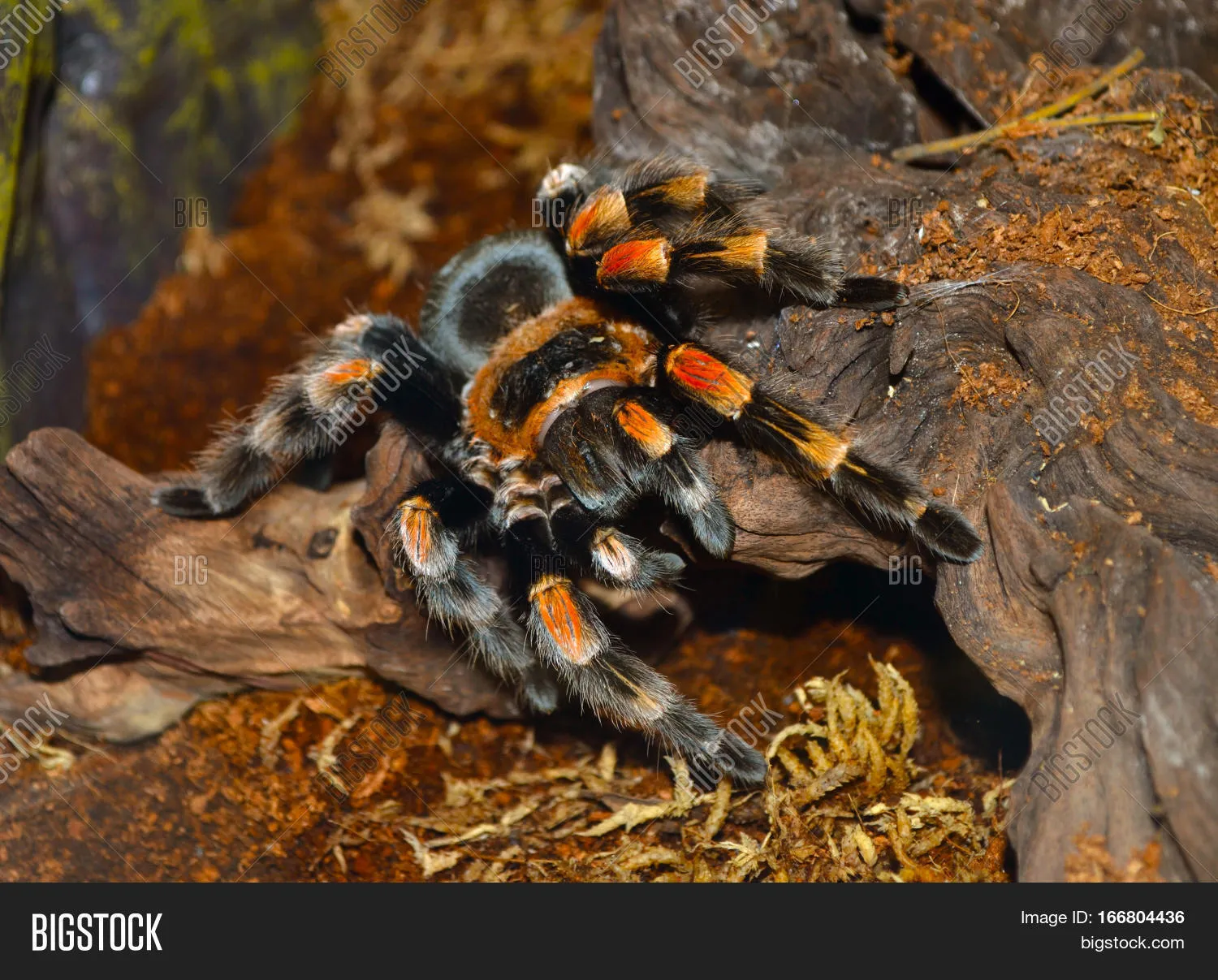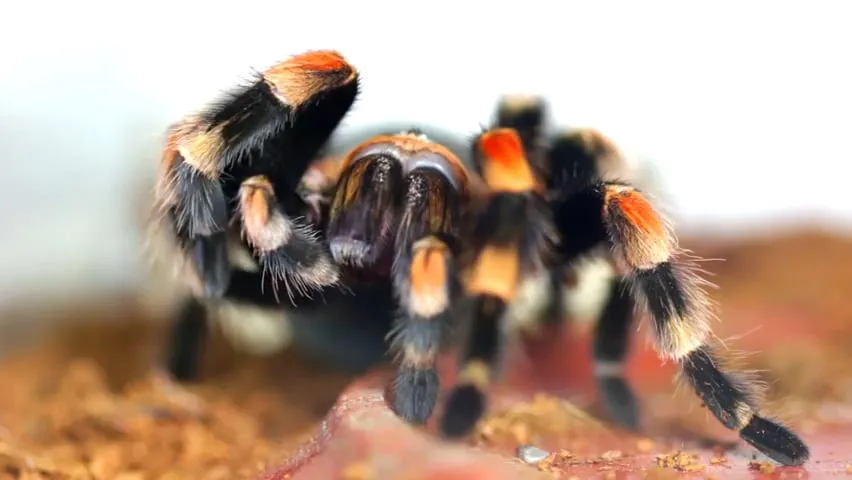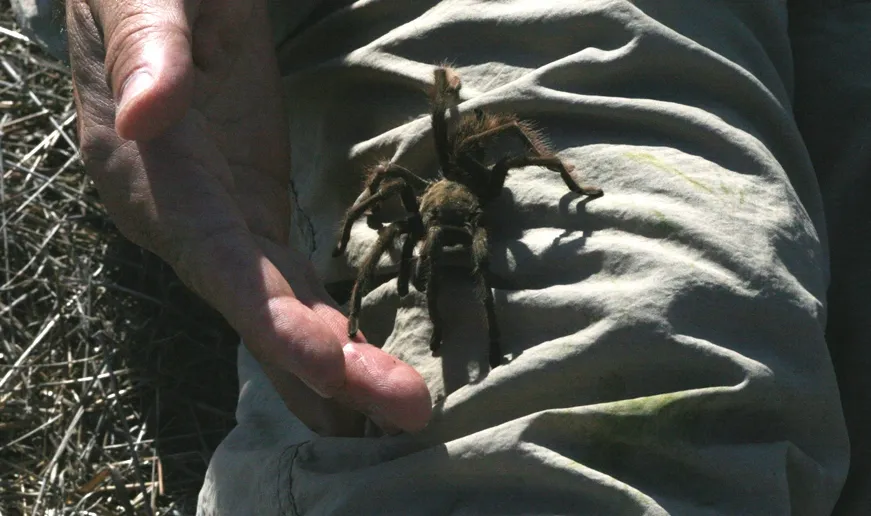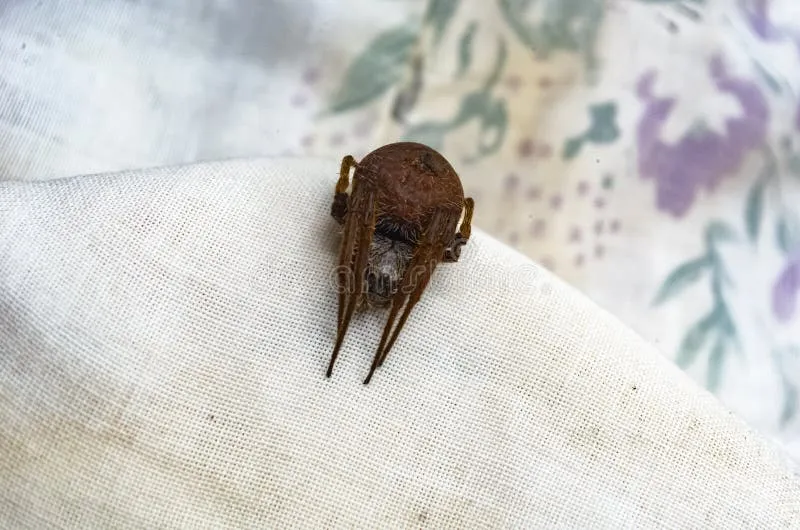Encountering a tarantula with only six legs can be a startling experience, prompting questions about its well-being and the reasons behind this unusual condition. While tarantulas are naturally eight-legged creatures, various factors can lead to a tarantula missing a leg or having only six functional ones. This article will explore the common causes of this phenomenon, assess the potential impact on the tarantula, and provide guidance on caring for a tarantula with this specific condition. Understanding the reasons behind a six-legged tarantula is crucial for providing appropriate care and ensuring the spider’s survival and comfort. It also addresses common concerns about their overall health and quality of life.
What Causes a Tarantula to Have 6 Legs?
The presence of only six legs in a tarantula is not the norm, and several factors can contribute to this condition. The most common causes involve physical injuries sustained during various stages of the tarantula’s life, congenital issues present from birth, or genetic predispositions that affect leg development. Understanding these underlying causes is the first step in evaluating the spider’s health and determining the best course of action. It is essential to differentiate between temporary conditions, such as leg loss due to molting, and more permanent issues, which require ongoing care and monitoring. Addressing these causes helps in understanding how common this is and how to provide the best care.
Injuries as a Cause
Physical trauma is a frequent cause of leg loss in tarantulas. Tarantulas are vulnerable to injuries from various sources, including falls, encounters with predators (in the wild), or mishandling in captivity. When a tarantula loses a leg, the injury site may be cauterized, and the spider can often survive, though it will have to adapt to movement and hunting with fewer legs. While tarantulas can regenerate lost limbs during molting, this process is not always perfect, and the regenerated leg might not be fully functional, resulting in the appearance of a six-legged spider. The severity of the injury and the spider’s overall health will affect its ability to recover fully.
How Injuries Happen

Injuries in tarantulas can happen in various ways. In captivity, the most common cause is improper handling or falls from a height. Tarantulas are fragile, and a fall can easily lead to a leg being broken or severed. In the wild, tarantulas face dangers from predators like birds, lizards, and larger insects that may attack and injure them. Other factors include getting a leg caught in the enclosure or during molting when the exoskeleton is soft. Prevention is key, which involves creating a safe environment, providing proper handling techniques, and ensuring a suitable habitat to minimize the risk of injury. Careful observation of the tarantula’s behavior and environment can often help in preventing such injuries.
Congenital Issues
Congenital issues, or birth defects, can also result in a tarantula having fewer than eight legs. These issues arise during the spider’s embryonic development, potentially due to genetic factors, environmental influences, or nutritional deficiencies. In some cases, the spider might be born with malformed or missing legs. Such conditions can significantly impact the spider’s mobility and overall health. Diagnosing these congenital issues requires careful observation from a young age and often necessitates special care to support the spider’s well-being and survival. Understanding the underlying causes is important in managing these conditions.
Genetic Factors in Tarantula 6 Legs
Genetic factors can play a role in the development of a six-legged tarantula. Certain genetic mutations or predispositions can impact leg development and lead to a reduced number of functional legs. These genetic factors are less understood than injuries, but research suggests that certain genes control limb formation. Such conditions can sometimes be passed down through generations, though the exact mechanisms are complex. Understanding the genetic makeup of the tarantula can help predict and prevent such conditions, although this is a complex and ongoing area of study. Selective breeding practices in captivity may also inadvertently increase the likelihood of such genetic issues.
Is a Tarantula With 6 Legs Harmful?

Having six legs, instead of the usual eight, can impact a tarantula’s life, but it is not always immediately fatal. The extent of the harm depends on various factors, including the reason for the leg loss, the spider’s overall health, and its environment. Some tarantulas can adapt to having six legs and continue to live relatively normal lives, while others may struggle more significantly. It is essential to assess the specific circumstances and monitor the tarantula’s behavior to determine the level of care needed and whether its quality of life is being significantly affected. The condition’s impact will influence the spider’s ability to function in its environment.
Impact on Tarantula’s Mobility
A reduced number of legs inevitably affects a tarantula’s mobility. Movement can become more challenging as the spider may have difficulty navigating its environment, climbing, or maintaining balance. The degree of impairment varies; some tarantulas adapt remarkably well, while others struggle with even minor movements. In captivity, the enclosure design must be adjusted to accommodate the spider’s reduced mobility. In the wild, the spider may face increased risks of predation or difficulty in hunting. The impact on mobility is a key factor in assessing the spider’s overall quality of life and the need for intervention. Careful observation of the tarantula’s movements is essential.
Difficulty in Hunting
Hunting and feeding are also affected by the loss of legs. Tarantulas use their legs to capture and hold prey. With fewer legs, the spider may find it more challenging to successfully catch and consume its food. This can lead to nutritional deficiencies and weakened health. In captivity, the caregiver may need to assist the tarantula by pre-killing prey or placing food directly in front of the spider. Regular monitoring of the tarantula’s feeding habits is essential to ensure it is receiving adequate nutrition and maintaining a healthy weight. The ability to hunt is vital for a tarantula’s survival.
Changes in Behavior

The loss of legs can result in behavioral changes in a tarantula. The spider may become more reclusive, spending more time hiding or less active. There may be alterations in its feeding habits, or the spider may become more defensive due to its vulnerability. Some tarantulas might exhibit changes in their molting behavior, potentially experiencing difficulties during the molting process. These behavioral changes are usually related to the spider’s ability to cope with its physical limitations. Observing these changes can help the caregiver understand the spider’s needs and provide a more suitable environment to promote its well-being. Behavioral changes often serve as crucial indicators of the spider’s health.
Caring for a Tarantula With 6 Legs
Caring for a six-legged tarantula requires a thoughtful and adjusted approach to meet the spider’s unique needs. The primary goal is to provide an environment that minimizes stress, ensures easy access to food and water, and supports the spider’s overall health. It includes careful adjustments to the enclosure, monitoring its eating habits, and regular health checks. It may be more challenging than caring for a tarantula with eight legs, but with proper management, a six-legged tarantula can lead a healthy and fulfilling life. Understanding the specific requirements and adapting the care routine is vital for success. The specific care needed depends on the individual spider and the root cause of its condition.
Adjusting the Habitat
Adjusting the tarantula’s habitat is a crucial step in caring for a six-legged spider. The enclosure should be designed to minimize the need for climbing and provide easy access to food, water, and shelter. Reduce the height of the enclosure to avoid falls. Ensure that the substrate is soft and easy to navigate. Provide shallow water dishes to prevent drowning and to facilitate easier access to water. Consider placing food and water close to the spider’s shelter to avoid extensive movement. Regular cleaning and maintenance are essential to maintain a healthy and safe environment. The adjustments made to the habitat are essential to compensate for the tarantula’s reduced mobility.
Feeding Strategies

Modifying feeding strategies is often necessary to ensure that the tarantula receives adequate nutrition. If the spider struggles to hunt, pre-killing prey can be a beneficial step. Place the food directly in front of the spider, so it does not have to expend energy chasing it. Monitor the spider’s eating habits regularly and note any changes in appetite or feeding behavior. Offer a variety of insects to ensure a balanced diet. It is vital to avoid overfeeding, as the spider’s limited mobility may make it harder to digest large meals. Supplementing the diet with vitamins and minerals may also be helpful, depending on the spider’s condition and needs. A proper diet is the cornerstone of good health.
Preventing Injuries
Preventing further injuries is critical for the health and well-being of a six-legged tarantula. Avoid handling the spider unless absolutely necessary, as handling can increase the risk of falls or other injuries. When handling is unavoidable, handle the tarantula over a soft surface. Ensure that the enclosure is free from potential hazards, such as sharp objects or areas where the spider could get trapped. Regular inspection of the enclosure is essential to identify and remove any risks. Protecting the spider from injury helps promote a longer and healthier life. A safe environment is paramount.
Regular Health Checks
Regular health checks are essential for a six-legged tarantula to monitor its condition and ensure its overall well-being. Observe the spider’s eating habits, activity levels, and overall appearance daily. Look for any signs of illness, such as lethargy, loss of appetite, or changes in the abdomen. If the spider appears unwell, consult with a veterinarian experienced in exotic animals. Regularly check the molting process, ensuring the spider molts successfully and without difficulty. Documenting the spider’s health over time can help identify any changes or trends that require attention. Early detection of health issues often leads to more successful treatment.
In conclusion, while encountering a tarantula with six legs can be concerning, understanding the underlying causes, the potential impacts, and the required care can significantly improve the spider’s quality of life. By addressing the causes, adapting the habitat, modifying feeding strategies, preventing injuries, and providing regular health checks, it is possible to care for a six-legged tarantula effectively. These spiders can lead healthy and fulfilling lives with proper care, emphasizing the importance of knowledge and compassion in tarantula ownership. Prioritizing the spider’s needs ensures its well-being and allows enthusiasts to appreciate these unique creatures fully.
